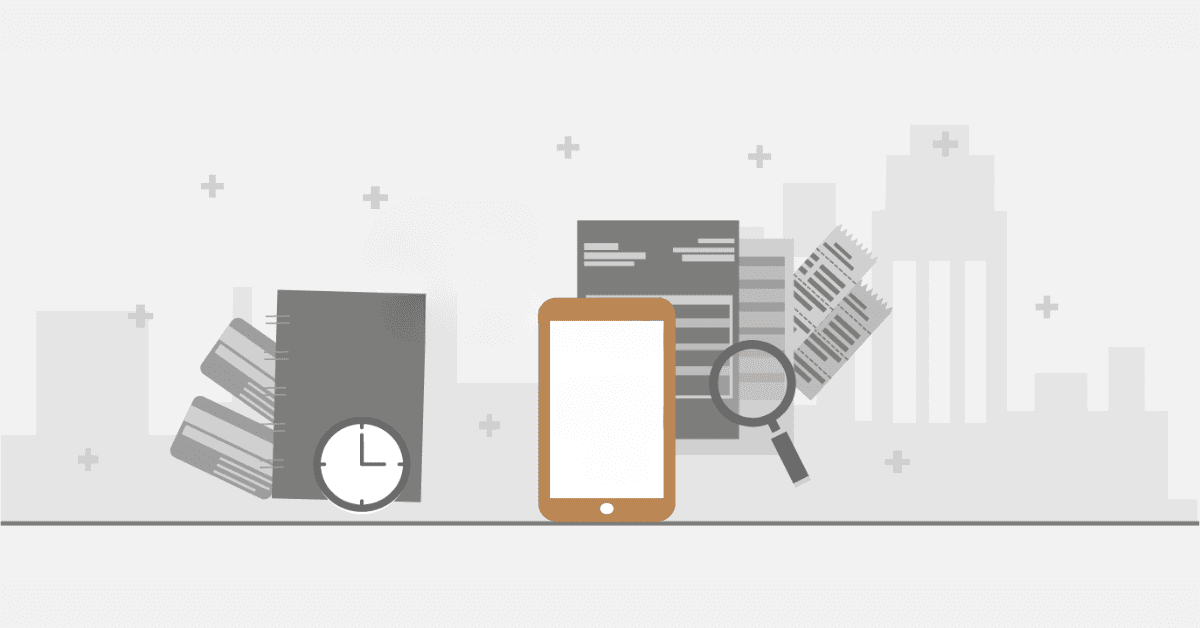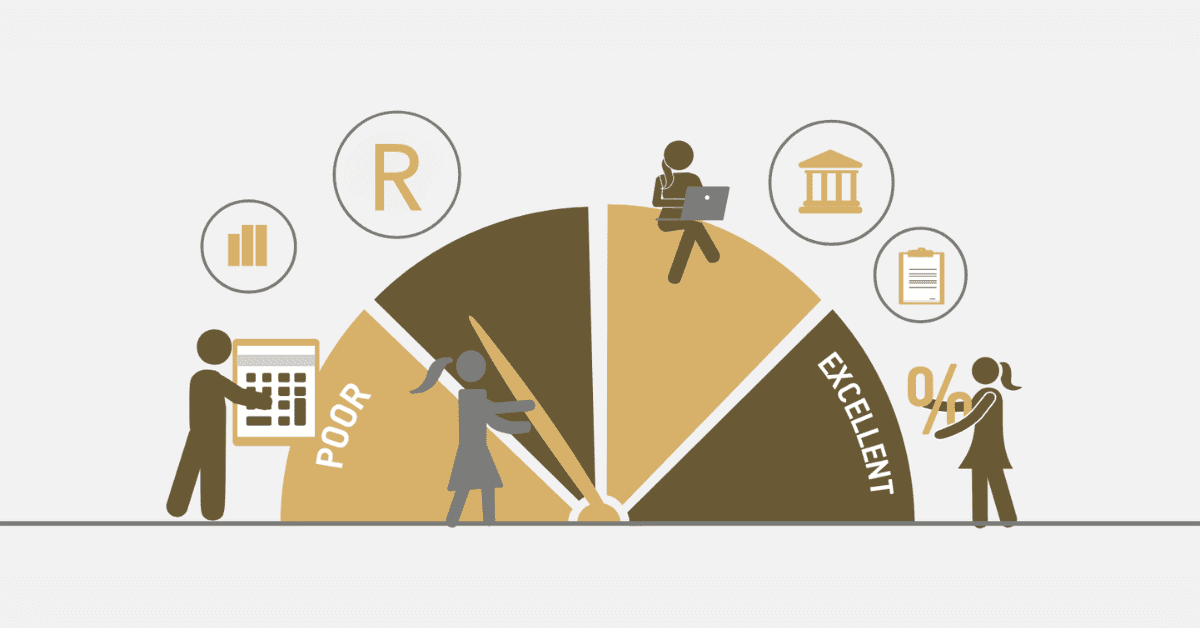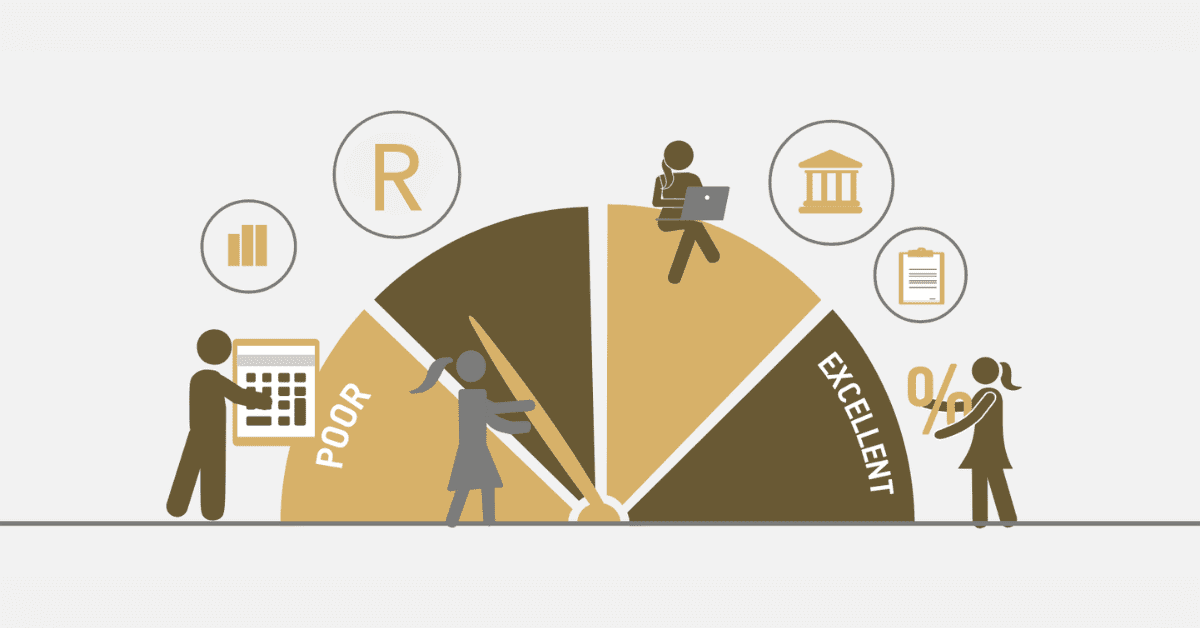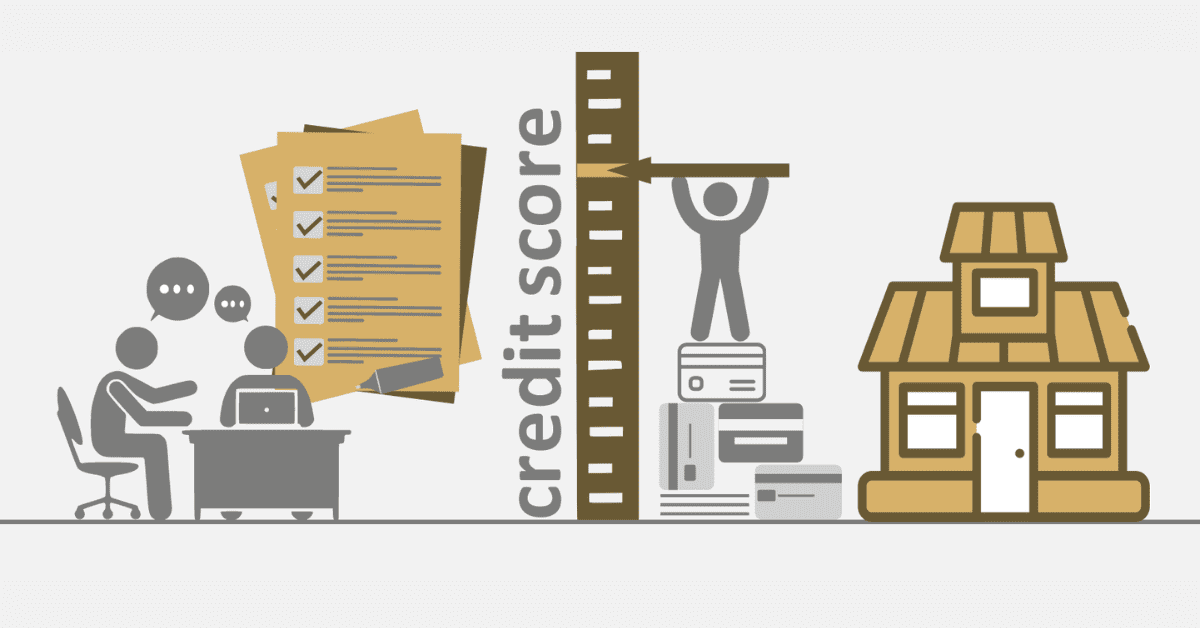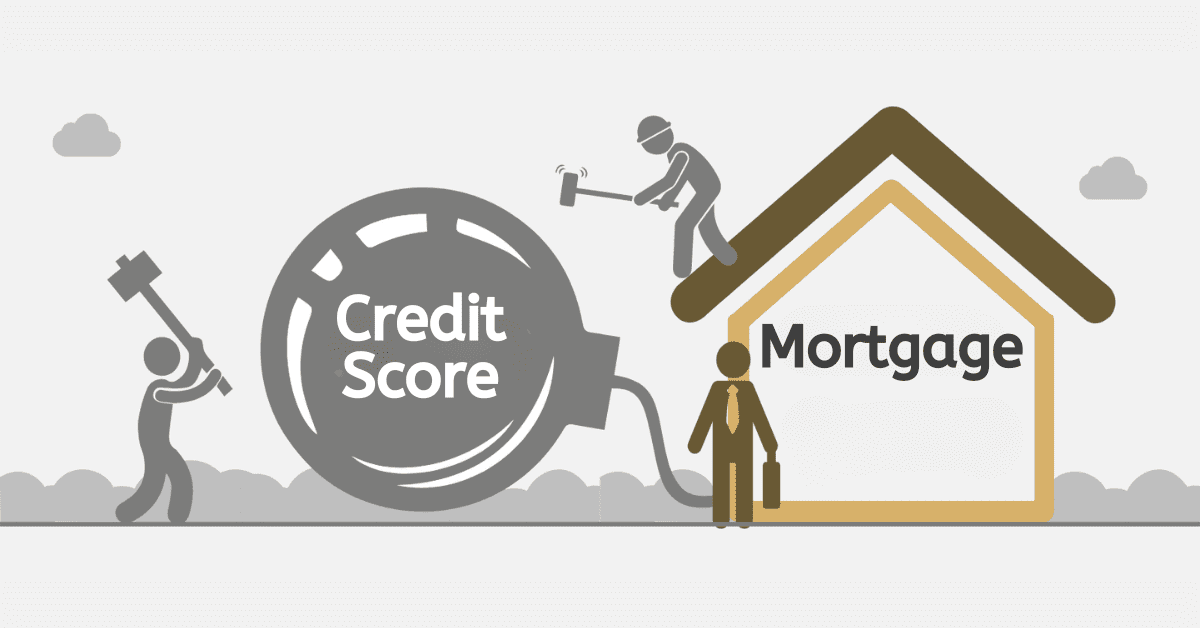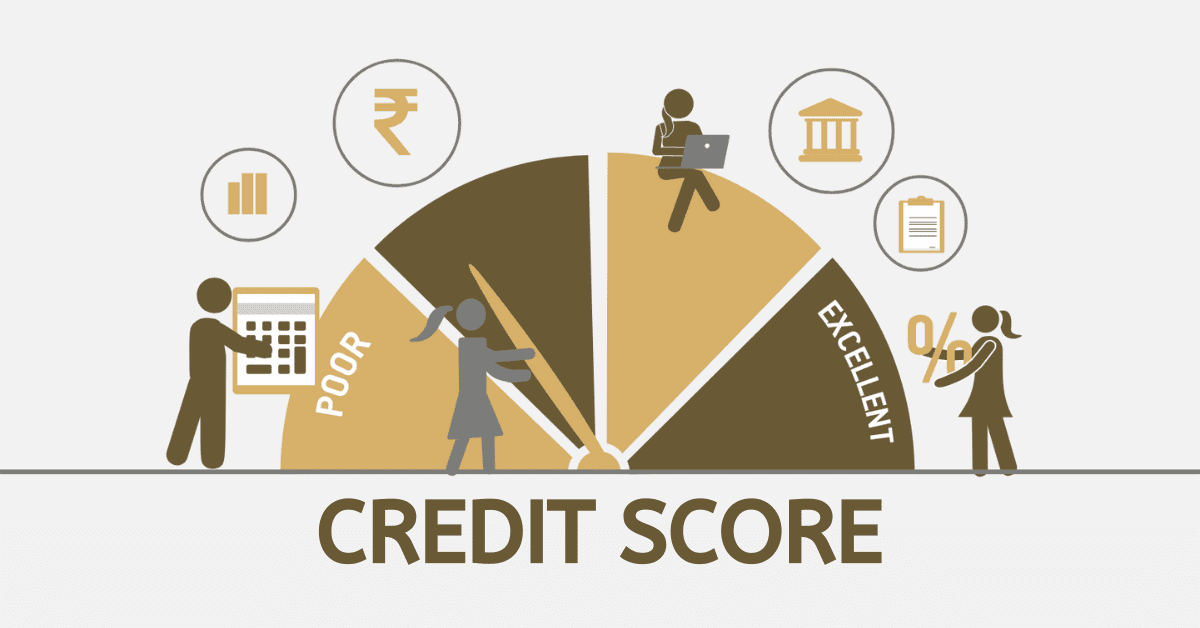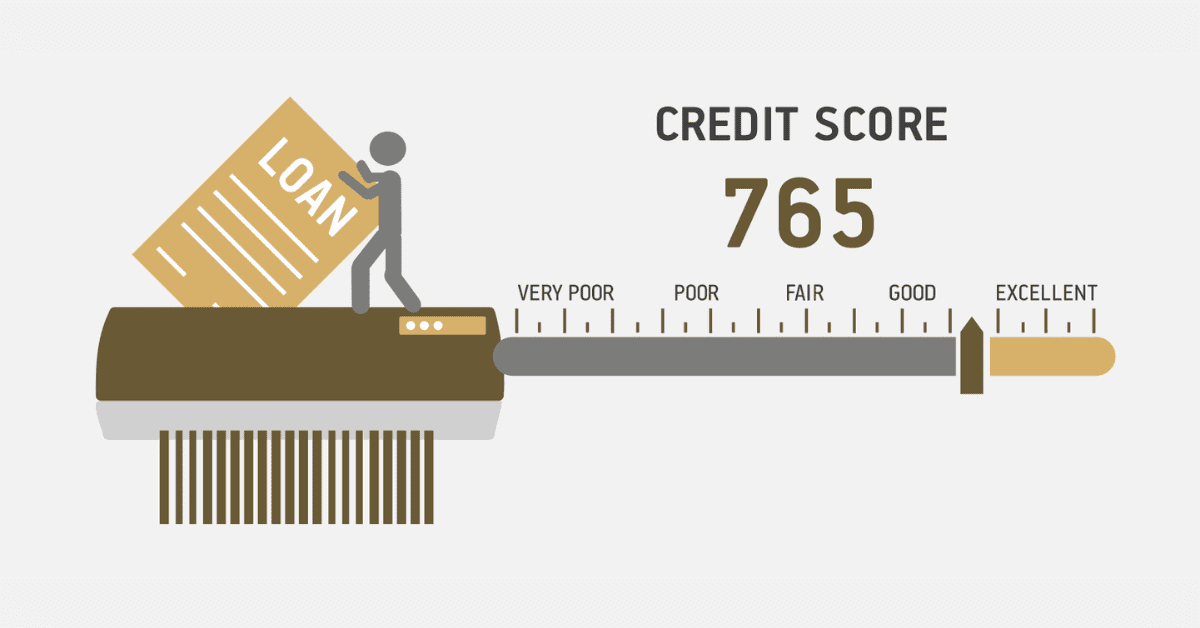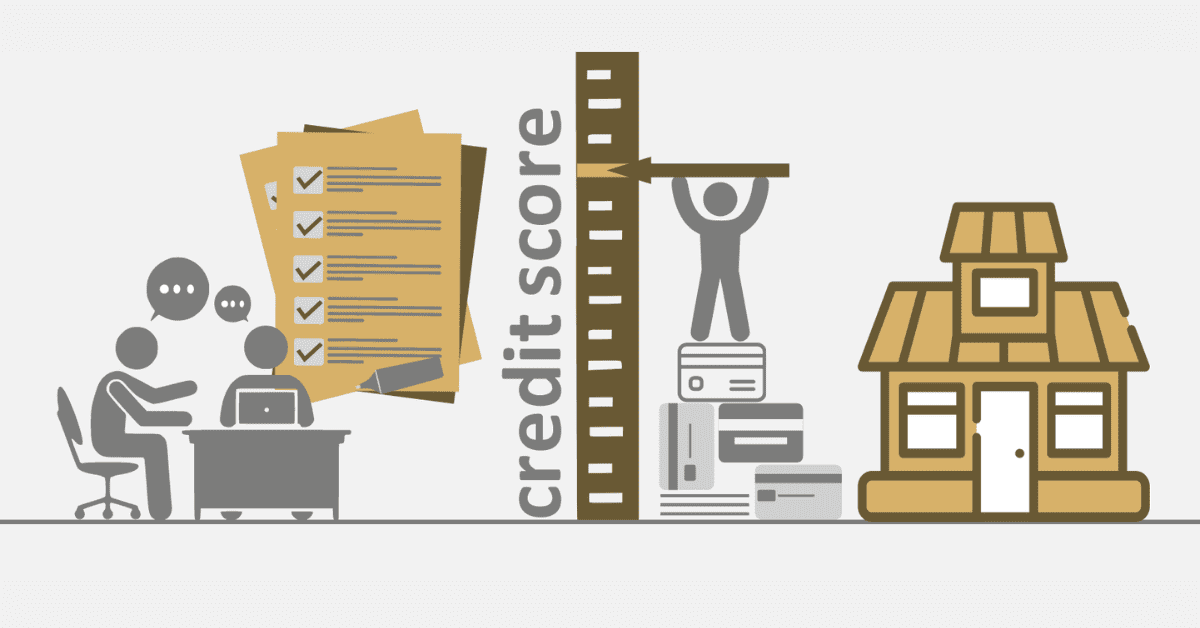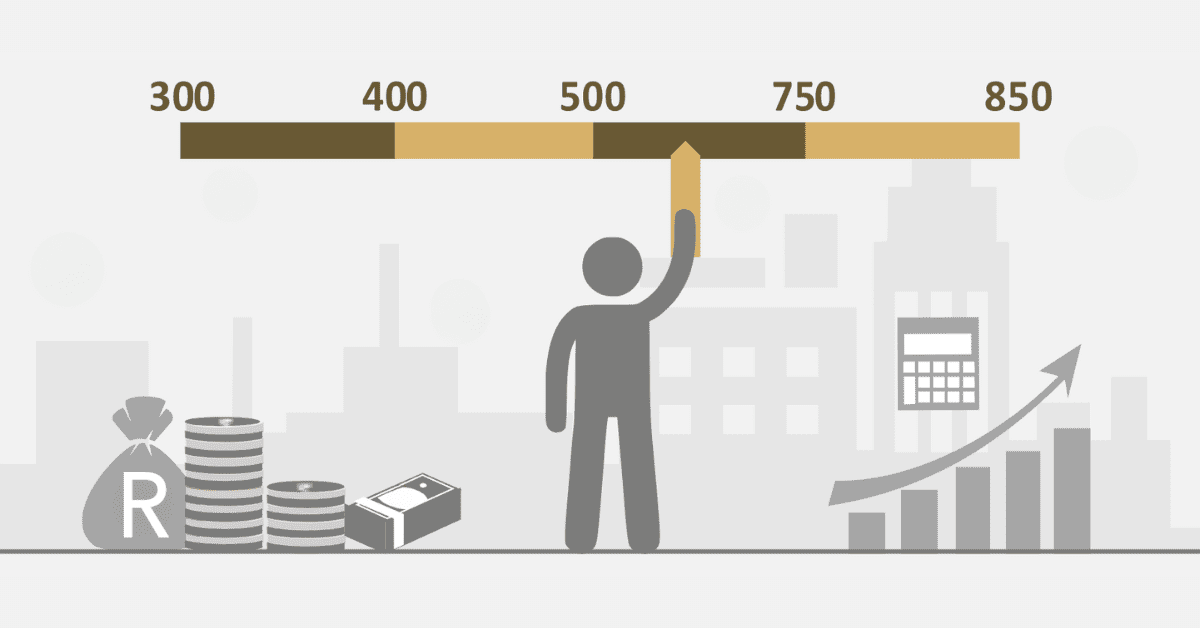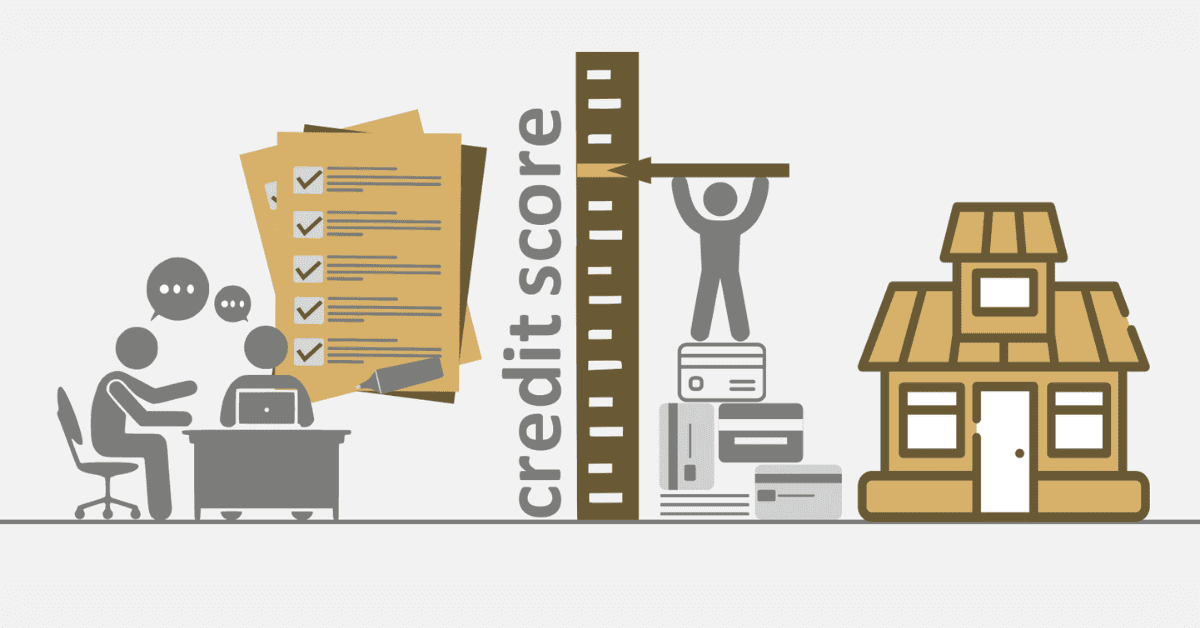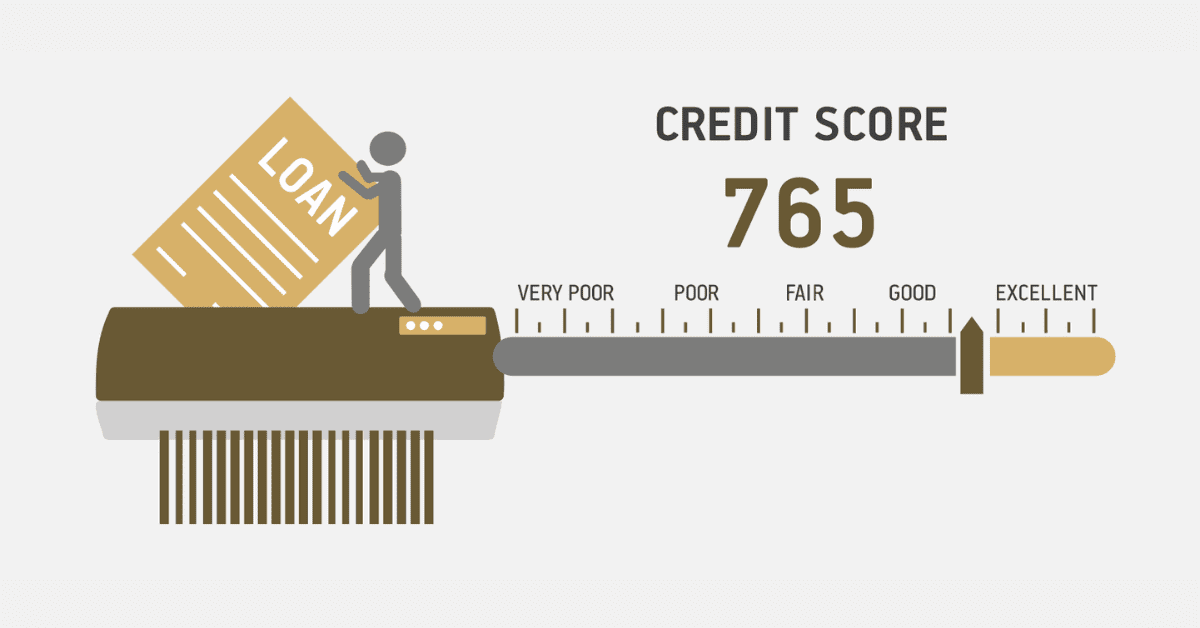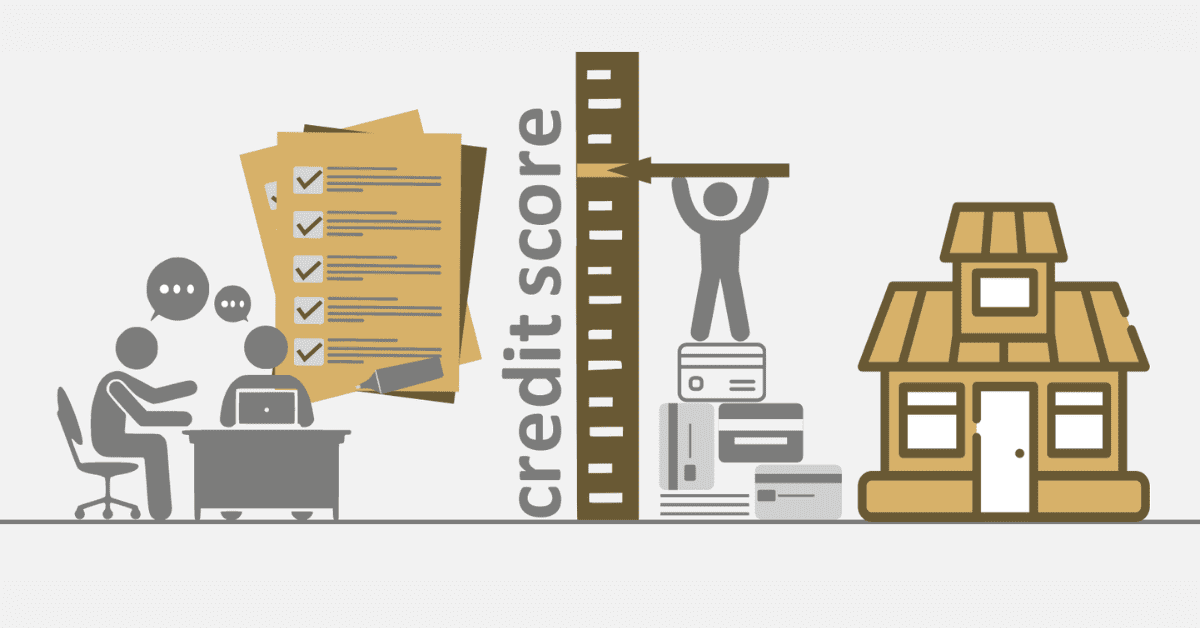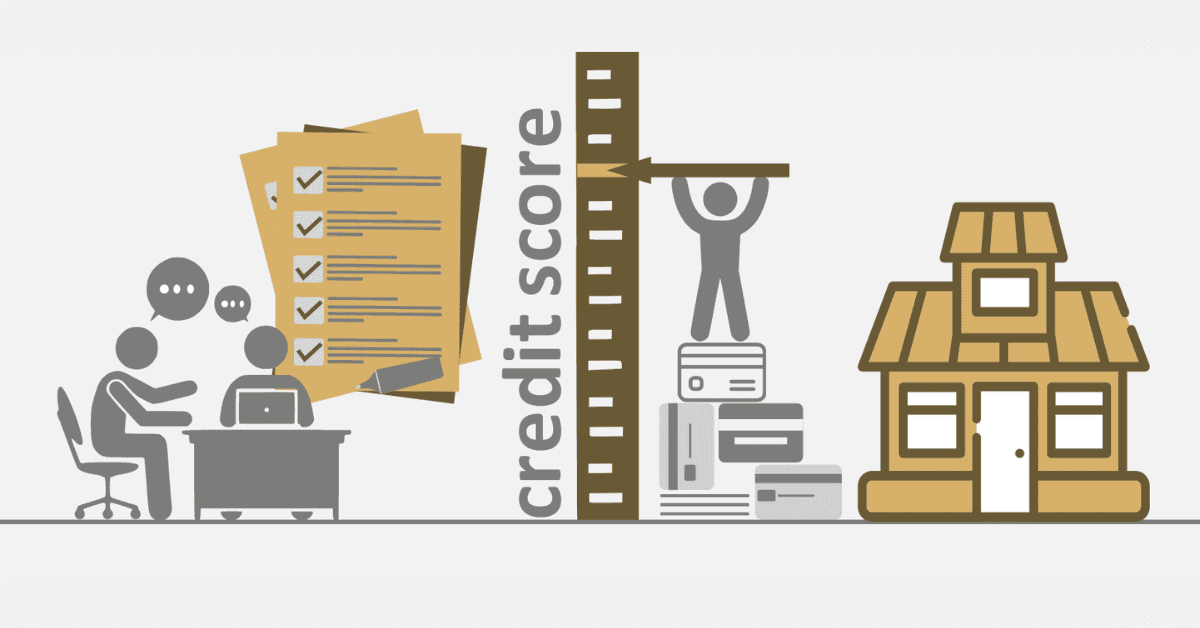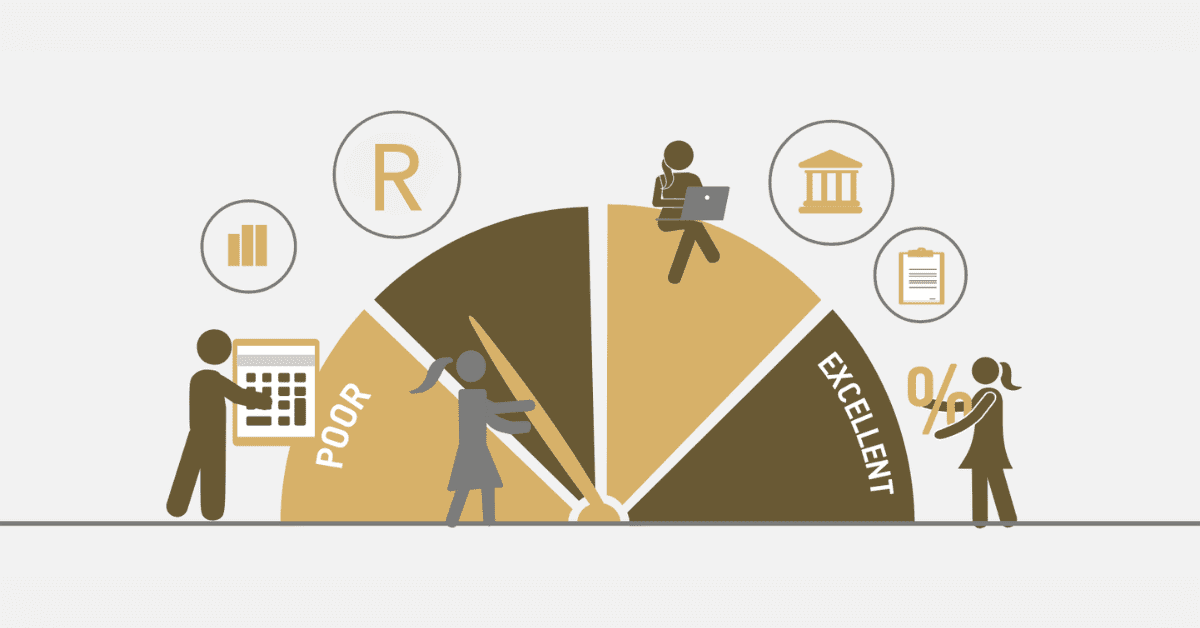SAP is a global company that makes software solutions. It has now made its revolutionary effect felt in South Africa, making people’s lives and the businesses they run better. Access to a large network of customers, partners, employees, and thought leaders through SAP makes it possible for businesses to succeed and run more efficiently. It is more than just normal business tasks done in South Africa with SAP’s services.
This lets businesses grow and stay financially stable. SAP’s dedication to making the world work better and improving people’s lives is shown by the fact that it continues to play a key role in the progress of businesses and societies. This is made possible by the company’s creative ideas and ability to reach people all over the world.
In all these, our focus is on credit check limits for individuals. We are going to take you through customer credit limits using SAP.
How to check a customer credit limit on sap
The SAP platform has been integrated with other networks to ensure the collection of data. The platform interface provides a comprehensive report on the credit limit for customers. This means that all information from the credit bureau has been captured to help firms and individuals identify customer credit limits.
If you want to check a customer credit limit on SAP, here is how to go about it.
- Start up the SAP app on your device.
- Open the “Maintain Business Partner” app that you found.
- There should be a drop-down menu in the app that lets you choose between task. From the list, pick the one that says “SAP Credit Management.”
- Go to the “Credit Segment Data” section of the app once you have selected the task.
- Find the “Credit Exposure” details in the “Credit Segment Data” area. This is the amount of cash that the customer used up.
What is the TCode for customer credit limit in SAP?
What do you know about credit limits in SAP? Are you familiar with the Tcode for customers on SAP? This platform is an entirely different platform altogether.
The TCode stands for transaction code which contains unique numbers to identify every chain of processing.
It is essential for SAP to manage consumer credit limits in order to ensure that financial processes run smoothly.
A helpful instrument for gaining access to essential information concerning the credit limitations of customers is the TCode F.31.
Users have the ability to generate detailed reports using F.31, which include the names of customers and the total credit limits associated with each of them.
Businesses can monitor their credit exposure and make educated decisions on credit management thanks to this tool, which gives insightful information that is of great value to them. With the help of TCode F.31, businesses are able to effectively monitor their credit limits, which helps them maintain compliance with financial regulations and reduces the likelihood of incurring bad debts. The implementation of this streamlined strategy improves financial stability and develops closer ties with your customers.
How do you determine customer credit limits?
People who make more money and have better credit are seen as less of a credit risk, so they are more likely to get bigger credit amounts. A good credit score, after all, means that you have paid your bills on time in the past and can pay off your debts.
It is possible to charge a credit card up to a certain amount of money. If the cap on your credit card is R8,000, for example, that means you can have up to that much on it at any given time.
There are three ways to figure out your credit amount. In some situations, you are given a credit cap that has already been set. Some lenders decide how much credit you can get based on your credit score and credit history. Sometimes, a credit card company will look at your credit history in more detail, looking for any signs that you might be a bad credit risk and figuring out how much credit you already have on other cards.
How to check a customer’s credit balance in SAP?
Here is how to check customer’s credit balance in SAP. The platform can be a bit hazy; it is very important to exercise patience in order to execute the task.
- Use your login information to get into your SAP ERP system.
- Open SAP Easy Access and go to the main screen.
- Use the command field to type the transaction code FBL5N and then press Enter.
- Pick out the right Code from the drop-down menu on the FBL5N transaction screen.
- Cleared items, open items, and All items are the three choices below the code option.
- Press the “Open items” button to see only the amounts that are still owed to customers by the statement.
- Press the “Cleared items” button to see information about each transaction for which a payment was received.
- Choose the “All items” choice to see information about both payments that are still due and payments that have been received.
- There is an “Execute” button in the upper left corner of the screen. Click it after choosing the right choice. It looks like a green checkmark.
- Following the run of the report, you will see a list of deals with customers that match what you chose.
- You can find red and green buttons in the upper left part of the report screen. When you press the green button, it means that an item has been cleared, and when you press the red button, everything is still open.
- Transaction code FBL1N is where you can find information about the seller.
- If you want to see information about the seller, repeat steps 4 through 11 on the FBL1N transaction screen.
- You can look into customer credit balances or vendor data further if you need to after you have gotten the information you need.
How do you set a customer credit limit in SAP?
Setting a customer credit limit in SAP can be made simple when you have all the necessary details. Here is a simple guide on how to go about it.
- Sign into SAP and enter the transaction code FD32 in the command area.
- Enter a consumer’s number to adjust their credit limit.
- Client actions require the right business code.
- Click the “Control Area Data” tab to examine credit control options.
- Enter your desired credit limit. This is the most the consumer can owe before being banned from transactions.
- Determine the credit limit using total receivables, open goods, or other criteria.
- After setting exposure and credit limit, click save or press Ctrl+S.
- Make sure the customer’s credit limit is right.
- Monitor the consumer’s credit usage and adjust it based on their payment history and financial position.
